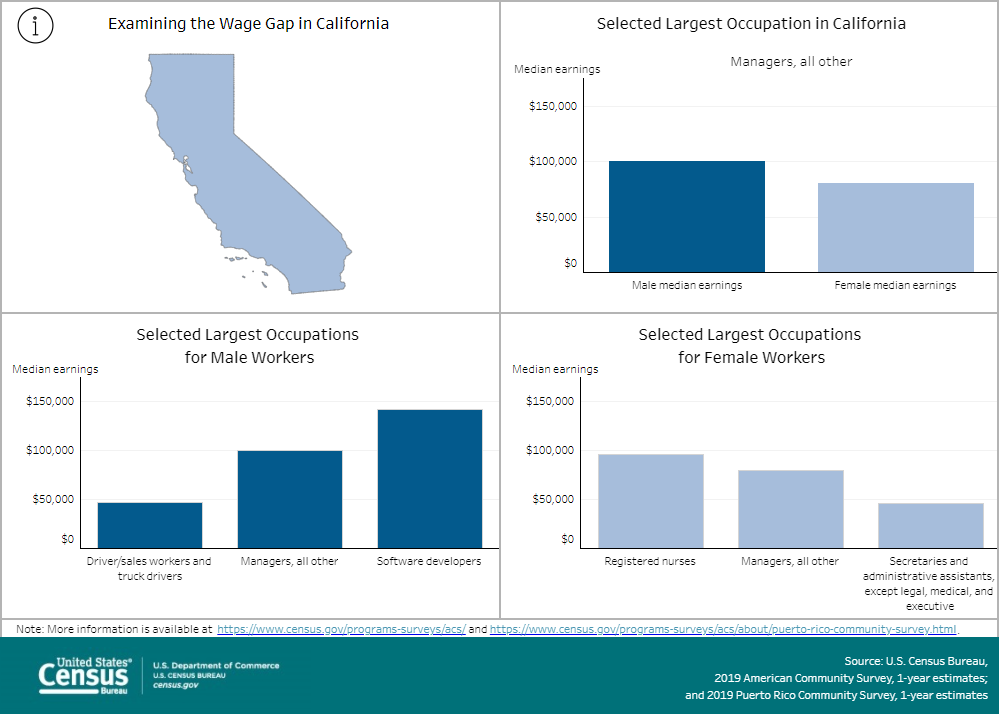Equal Pay Day 2022
Equal Pay Day marks the day into the year on which it takes for women on average to earn what men did in the previous year. In 2022 women who work full-time, year-round earn just 83 cents for every dollar paid to men. This year, we’re joining our partners at Equal Rights Advocates in raising awareness around this pay gap with the theme, “March Madness: The Pay Gap is Madness” from March 9 to March 15.
About Equal Pay Day
Equal Pay Day was developed by the National Committee on Pay Equity (NCPE) in 1996 as a public awareness event to illustrate the gap between men’s and women’s wages. This date symbolizes how far into the year women must work to earn what men earned in the previous year. Because the wage gap is wider based on various intersections of experience, multiple dates exist corresponding with women belonging to different racial/ethnic groups, for mothers, and for members of the LGBTQIA+ community.
Articles
The Gender Pay Gap Across the U.S. in 2022
On average, men will earn $10,381 more in 2022 than women will across the nation. Excluding Washington, DC, all states have at least a 10% lower median pay for women compared to men.
Iceland’s equal pay for equal work system is still in the early stages, but initial signs suggest that requiring organizations prove they compensate employees fairly may be very effective.
When Women Lose All the Jobs: Essential Actions for a Gender-Equitable Recovery
“Other countries have social safety nets. The U.S. has women.” – sociologist Jessica Calarco
Gender Pay Gap Persists Even at Executive Level
Even women who climb their way to corporate America’s highest ranks are paid less than their male counterparts, new research confirms.
To learn more about the specific wage gap in California, please visit the Census.gov interactive map available HERE.

%
Of Women Hold Manager Positions Compared to Men
Women Were Promoted For Every 100 Men Promoted
Fewer Women Are In The Labor Force Than 2020
%
On Average Women Make This Much Less Than Men
Factsheets
Women make up about 47 percent of the overall workforce, yet make up 58 percent of the low-wage workforce, defined as those working in jobs that typically pay less than $11 per hour. They make up 69 percent of the very low-wage workforce—those working in jobs that typically pay less than $10 per hour, according to data by NWLC. Across all occupations, low or high wage, and even in occupations where women are overrepresented, they experience a wage gap. This impacts retirement savings, families well-being, and the greater economy.
The pandemic has exacerbated the issue as many women have left the workforce entirely. Since February 2020, the economy has experienced a net loss of nearly 2.9 million jobs; women account for 63.3% of those losses.


Reports
Although enforcement of the Equal Pay Act and civil rights laws have helped narrow the gender wage gap over time, it has not eliminated it. As the Covid-19 crisis has shown, addressing the continuing pay disparities is critical for economic security.
Report Resources
LeanIn.Org: Women in the Workplace Report
California Budget and Policy Center: Women’s Well Being Index
Morningstar: Gender Pay Gap Report

